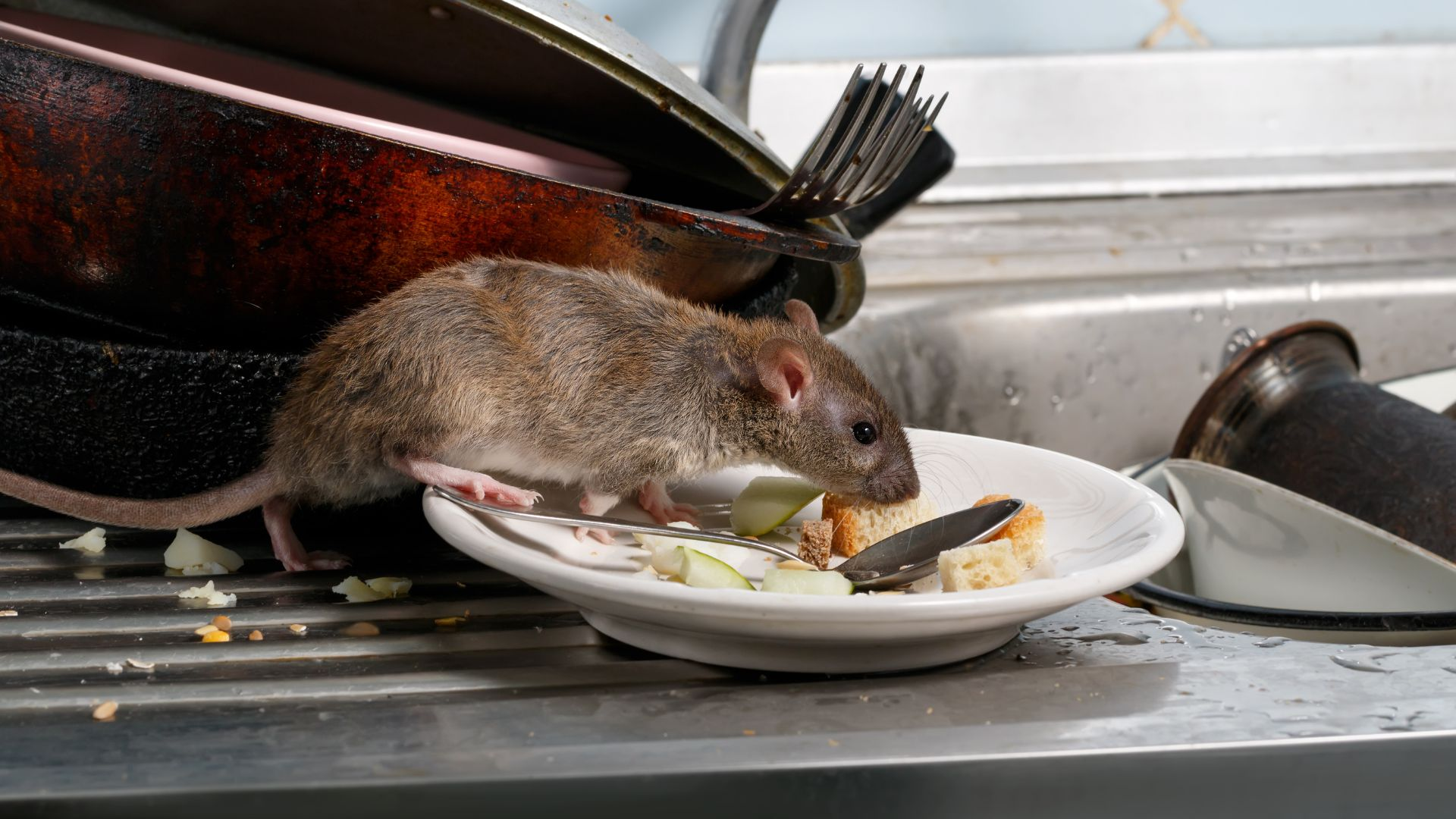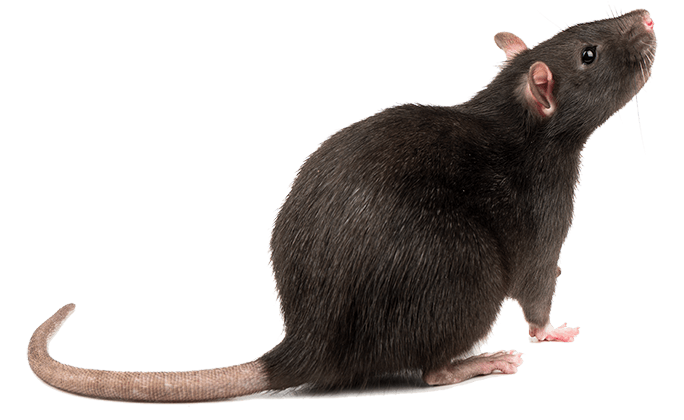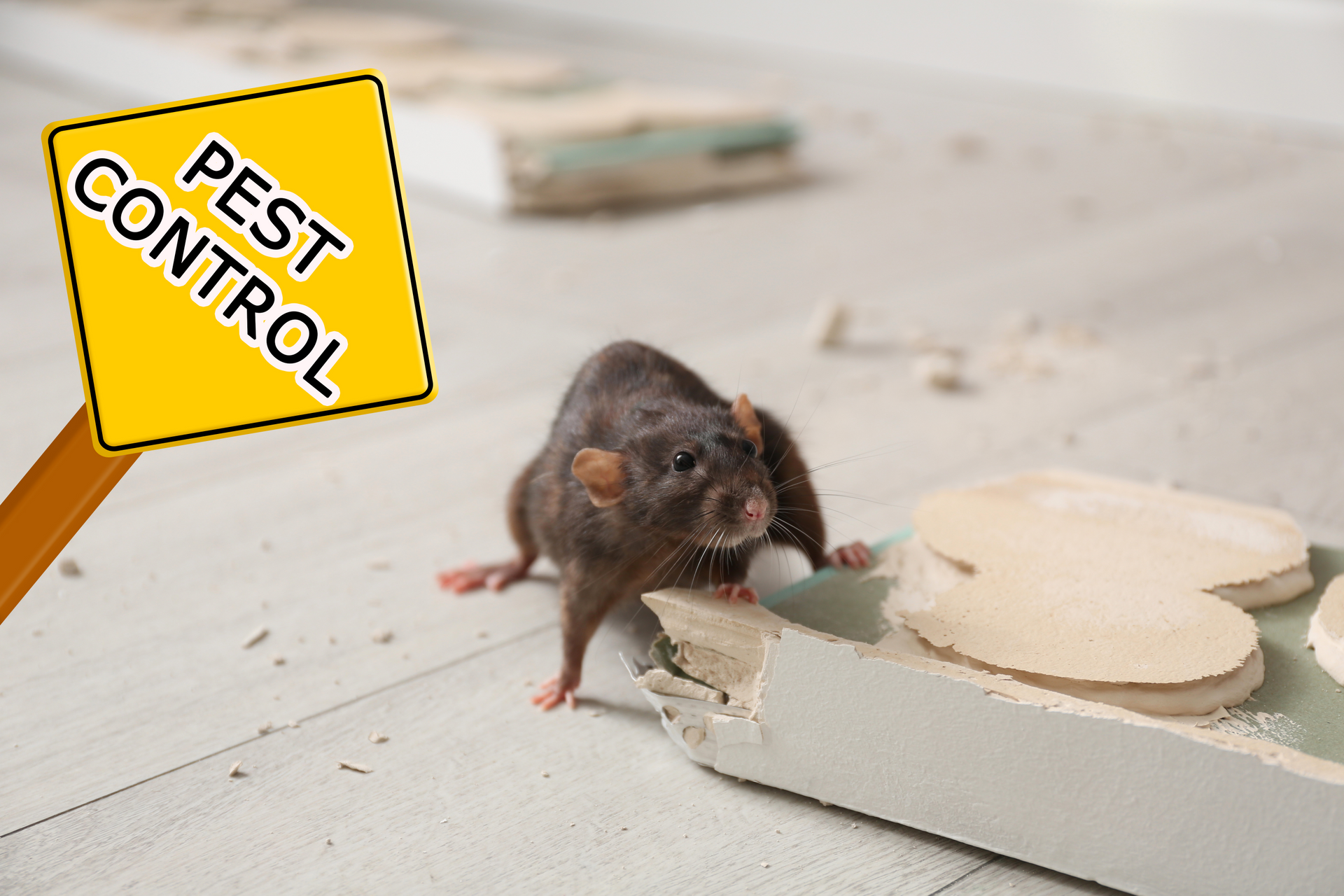Rodent Smoke Test is introduced clearly in this easy blog explanation
Rodent Smoke Test Testimonials: A Comprehensive Guide to Its Efficiency in Pest Administration
Rodent smoke examinations represent an ingenious approach in bug administration, using non-toxic smoke to discover covert rodent access points and nests. This technique has revealed promising outcomes, with lots of experts noting significant decreases in rodent populaces following its execution. Nevertheless, understanding the full scope of its performance needs a deeper expedition of the underlying scientific research and real-world applications. What other understandings might arise regarding this special pest control technique?
Recognizing the Rat Smoke Examination
The rodent smoke examination is a vital procedure utilized to review the efficacy of parasite control steps in numerous settings. This approach involves introducing a non-toxic smoke into a space to track the pathways rats might use, assisting to recognize covert entrance points and nesting areas. By observing the smoke's motion, bug control experts can establish how well traps and barriers are working.
Typically employed in both residential and commercial setups, the test can reveal underlying problems that might not be visible through conventional evaluation techniques (Rodent Smoke Test). It works as an important device for establishing targeted approaches to remove rodent problems
Furthermore, the rodent smoke examination help in confirming the effectiveness of formerly applied control procedures, guaranteeing that the pest monitoring plan is working as planned. Eventually, it supplies important insights that add to an all-encompassing approach to rodent control.
The Scientific research Behind the Technique
While different insect control techniques exist, the rodent smoke test stands apart due to its scientific foundation in liquid dynamics and behavioral ecology. This technique utilizes smoke to trace the paths rodents make use of to browse their atmosphere. By launching smoke in particular locations, parasite control specialists can observe how it spreads with cracks, holes, and covert entry points, revealing possible problems.
Behavioral ecology plays a vital role in recognizing rodent reactions to stimulations. Rodents are normally interested and will typically check out brand-new scents or adjustments in their environment. The smoke examination maximizes this actions, enabling bug controllers to determine energetic areas and reproducing sites. Furthermore, the presence of smoke aids in establishing the efficiency of sealing approaches, guaranteeing detailed insect administration. Inevitably, the rodent smoke test combines principles from both fluid characteristics and pet behavior to supply a dependable analysis device in pest administration methods.
Step-by-Step Refine of Conducting a Rodent Smoke Test
The process of carrying out a rodent smoke test calls for details equipment and materials to ensure precision and security. Following an organized treatment is essential for effective results, while adhering to safety preventative measures shields both the tester and the setting. Understanding these crucial elements is vital for effective application of the test.
Needed Equipment and Products
To effectively conduct a rodent smoke examination, a number of important tools and products are required to assure accurate results. A smoke-producing device, such as a smoke pencil or smoke bomb, is vital for producing noticeable smoke. A durable ladder is typically required to get to high areas where rats might conceal. Furthermore, sealable bags or containers ought to be on hand to gather any debris or droppings located throughout the examination. A flashlight is also valuable for checking dark spaces. Safety and security equipment, consisting of gloves and a mask, is encouraged to secure against breathing of smoke or contact with impurities. A note pad or electronic gadget is crucial for documenting observations and findings throughout the testing process.
Smoke Examination Treatment Steps
Carrying out a rodent smoke examination includes an organized method to assure thoroughness and performance. The process begins with preparing the location, making sure that all prospective entrance points are identified and accessible. Next off, the technician establishes the smoke generation devices, ensuring it is positioned purposefully to optimize protection. Once everything is in place, the smoke is released into the targeted areas, enabling it to permeate through wall surfaces, air ducts, and other frameworks. Monitorings are made to track the smoke's motion, determining any violations or voids where it runs away, suggesting prospective rodent entrance factors. After the examination, the following action is to review the findings, documenting any kind of areas calling for additional assessment or remediation to boost insect administration initiatives.

Safety Precautions to Adhere To
Ensuring security during a rodent smoke test is important for both the atmosphere and the professional. Service technicians must wear suitable personal safety devices (PPE), including goggles, masks, and handwear covers, to reduce exposure to chemicals. Before conducting the test, it is critical to ventilate the location sufficiently to spread any dangerous fumes. Technicians ought to additionally verify that no combustible products are present nearby, as smoke tests can include warm resources. Additionally, it is necessary to notify locals or neighboring individuals concerning the procedure to stay clear of panic or health and wellness risks. Lastly, adhering to regional laws regarding chemical usage and disposal is needed to shield the atmosphere and maintain conformity with safety and security standards.
Advantages of Using the Rat Smoke Test
Although various techniques exist for spotting rodent infestations, the Rodent Smoke Examination uses distinct benefits that set it apart. Primarily, this approach permits a complete exam of a residential property in a brief quantity of time. By utilizing smoke to envision access factors, it efficiently discloses concealed look at here paths that rodents may use, making it much easier for pest management specialists to address infestations.
In addition, the Rodent Smoke Examination is non-invasive, lessening disruption to the building and its residents. This method likewise enhances the precision of recognizing problems, as it highlights locations of issue that could be neglected with standard approaches. It supplies immediate results, allowing punctual activity to be taken versus any identified issues.
Limitations and Considerations

Real-Life Study and Reviews
Real-life instance research studies and testimonials offer useful understandings into the effectiveness of rodent smoke examinations. Success stories highlight significant parasite control experiences, demonstrating how these examinations have actually settled problems in various setups. Furthermore, insights from field professionals underscore the integrity and practicality of this approach in pest management.

Success Stories at work
While many products guarantee effective rodent control, real success stories expose real effect of smoke tests in numerous setups. As an example, a New York City dining establishment dealt with recurring rodent infestations, prompting management to carry out smoke tests. Adhering to the procedure, they reported a significant decrease in rodent discoveries and a much more sanitary environment. In one more situation, a rural home owner dealt with consistent computer mice in their attic. After using smoke screening, the house owner uncovered concealed entry points and sealed them, resulting in a rodent-free area. Reviews often highlight the convenience of use and instant outcomes, leading to increased confidence amongst parasite control experts. These success stories highlight the effectiveness of smoke examinations as an aggressive measure in rodent administration.
Notable Insect Control Knowledge
Just how successfully can smoke tests address rodent issues? Various case research studies highlight the effectiveness of smoke examinations in determining and getting rid of rodent problems. One notable experience included a home where relentless rodent task was reported. Following a smoke test, service technicians identified multiple entrance points previously overlooked. After securing these gaps, the rodent visibility considerably decreased. In an additional circumstances, an industrial establishment utilized smoke examinations throughout a major renovation. The test exposed covert nests within wall surfaces, permitting punctual obliteration and avoidance of future invasions. These real-life applications show that linked here smoke examinations not just determine issue locations successfully however also promote comprehensive insect administration techniques, resulting in long-term remedies for rodent control.
Testimonies From Area Experts
Area professionals constantly highlight the advantages of smoke examinations in handling rodent problems. In various instance research studies, bug control experts have reported considerable reductions in rodent populations adhering to smoke examinations. One professional kept in mind a 90% decline in rodent activity in a business stockroom, associating success to the ability of smoke to penetrate hard-to-reach areas. Another field specialist shared a residential experience where smoke examinations revealed several entrance factors formerly undetected, permitting targeted securing and prevention actions. Furthermore, experts compliment smoke tests for their rate and efficiency, typically generating prompt results. These endorsements underscore the functional advantages of integrating smoke examinations right into extensive pest administration approaches, reinforcing their duty as a beneficial tool in the fight versus rodent invasions.
Frequently Asked Concerns

Is the Rodent Smoke Examination Safe for Pet Dogs and Kids?
When utilized properly, the rodent smoke examination is normally considered risk-free for pets and kids. Precautions should be taken to ensure they are maintained away from treated locations till the smoke dissipates completely.
For how long Does the Smoke Stick Around After the Test?
The smoke from the rodent smoke examination commonly sticks around for a number of hours, relying on ventilation and environmental problems. It progressively dissipates, however recurring smells may continue to be for a brief duration, influencing air quality briefly.
Can the Smoke Examination Be Carried Out Indoors?
The smoke test is normally not recommended for indoor use due to health and wellness threats and possible damages. It is mainly created for exterior applications, guaranteeing safety and security and efficiency in spotting rodent invasions in external settings.
What Should I Do if Rodents Are Still Present After the Test?
If rodents continue to be after the test, it is advisable to conduct a comprehensive examination for entry factors, set traps in impacted areas, and think about speaking with a pest control expert for more reliable remedies. Rodent Smoke Test.
Are There Any Environmental Worries With Using the Smoke Examination?
There are possible environmental worries related to the smoke test, consisting of air top quality impact and the existence of dangerous chemicals. Liable usage and adherence to guidelines are necessary to minimize these risks throughout pest administration efforts.
Rodent smoke tests represent an innovative technique in parasite management, using safe smoke to reveal concealed rodent entrance points and nests. Additionally, the rodent smoke test help in verifying the efficiency of previously executed control actions, ensuring that the parasite administration strategy is working as planned. A smoke-producing tool, such as a smoke pencil or smoke bomb, is crucial for generating noticeable smoke. Various techniques exist for discovering rodent infestations, the Rodent Smoke Test supplies unique advantages that set it apart. The smoke from the rodent smoke navigate here examination normally remains for numerous hours, depending on ventilation and environmental problems.